Comunitat
3. Community
Artificial intelligence (AI): teaching machines to think like humans
Although the concept of endowing machines with human-like intelligence has been around for more than six decades, it is only in the last 12 years that we have experienced a real boom in applications, due to improvements in neural networks, advances in supercomputing, and the availability of big data. With the approval of the Catalonia.AI strategic plan, intended to promote the implementation and development of this technology, Catalonia is in the vanguard of R&D in the field in Spain.
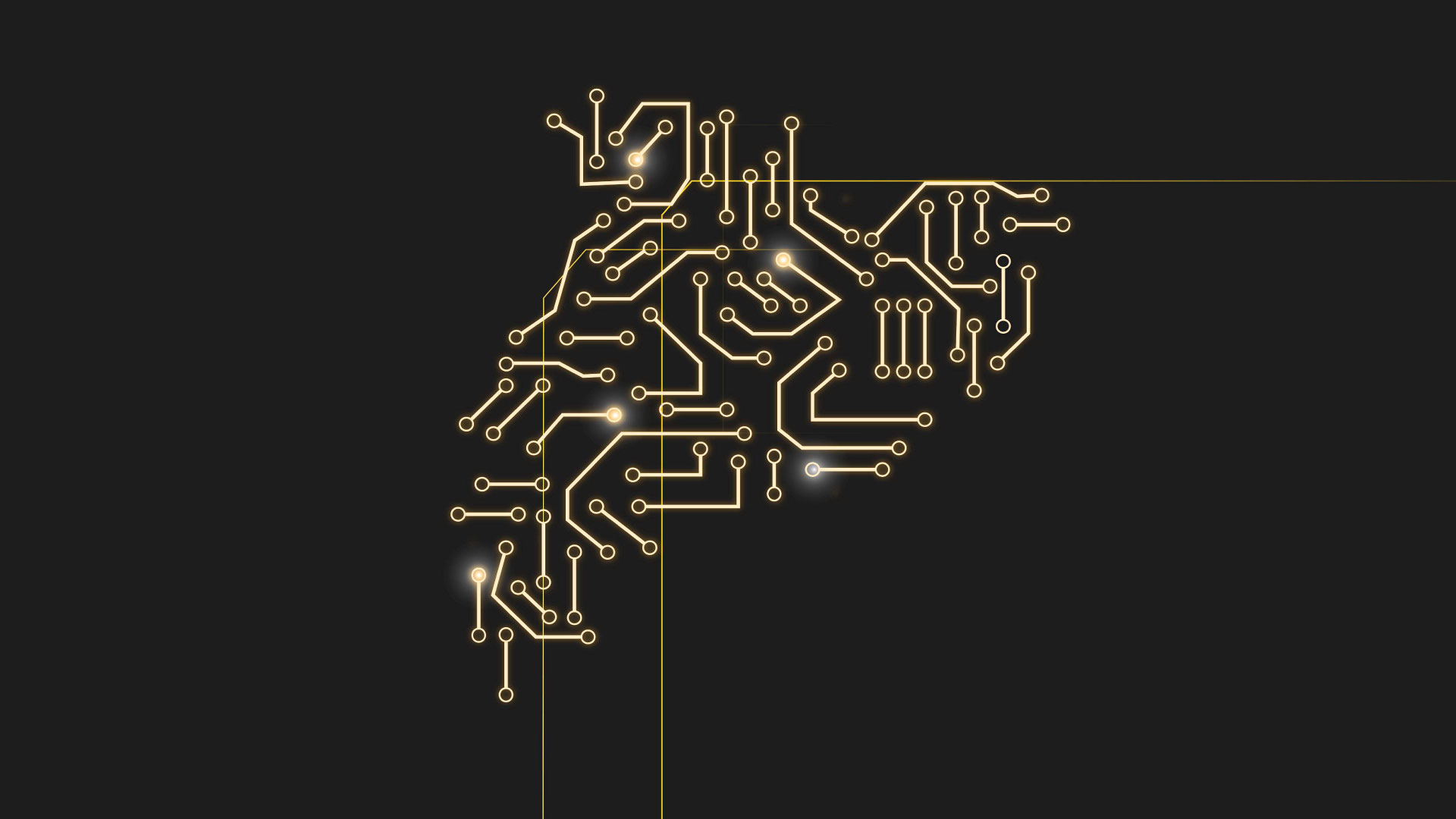
This summer, Núria López-Bigas, an ICREA researcher at the Barcelona-based Institute for Research in Biomedicine (IRB) and a former lecturer at Pompeu Fabra University (UPF), made headlines in Spain and abroad for developing an artificial intelligence-based tool capable of identifying the genetic mutations that drive tumour development and progression.
The body’s cells can accumulate tens of thousands of alterations in their DNA over a lifetime. The vast majority will be harmless; only a few will have the potential to cause cancer. Consequently, identifying which ones will is essential to offering patients personalized treatment. Unfortunately, to date, doing so was a long, slow and costly process for laboratories and thus unfeasible for every patient.
Hence, the importance of the tool López-Bigas developed, based on machine-learning methods and capable of simulating all the possible genetic alterations in a cancer in order to identify the ones that play a key role in the emergence of a tumour. The tool will help oncologists define the best treatments for each person.
Just seven days prior to the publication of López-Bigas’s scientific study, another breakthrough in biology and artificial intelligence had also made the news. The company DeepMind and the European Molecular Biology Laboratory (EMBL) had managed to compile the most comprehensive and accurate database to date of the 20,000 proteins in the human body. This milestone, probably the most important in the field since the publication of the human genome twenty years ago, opened the door to a better understanding of how proteins function within the cell, what happens when they undergo mutations, and the role they play in disease, amongst many other things.
The AI boom
Bigas-López’s and DeepMind-EMBL’s work are just two examples of the enormous progress that has rapidly been taking place in virtually all fields of human knowledge in recent years as a result of the use of tools based on artificial intelligence, a term coined in 1955 by the American computer scientist and cognitive scientist John McCarthy referring to the development of algorithms that enable a machine to make intelligent decisions or, at least, human-like ones.
Since the advent of the concept itself and for almost six decades, research in AI and in machine-learning-based tools had slowly been advancing and resulting in breakthroughs. Since 2008, however, research in the field has taken off, spreading like wildfire to a vast array of disciplines. Hence the current talk of a boom in terms of the myriad applications of AI in all fields.
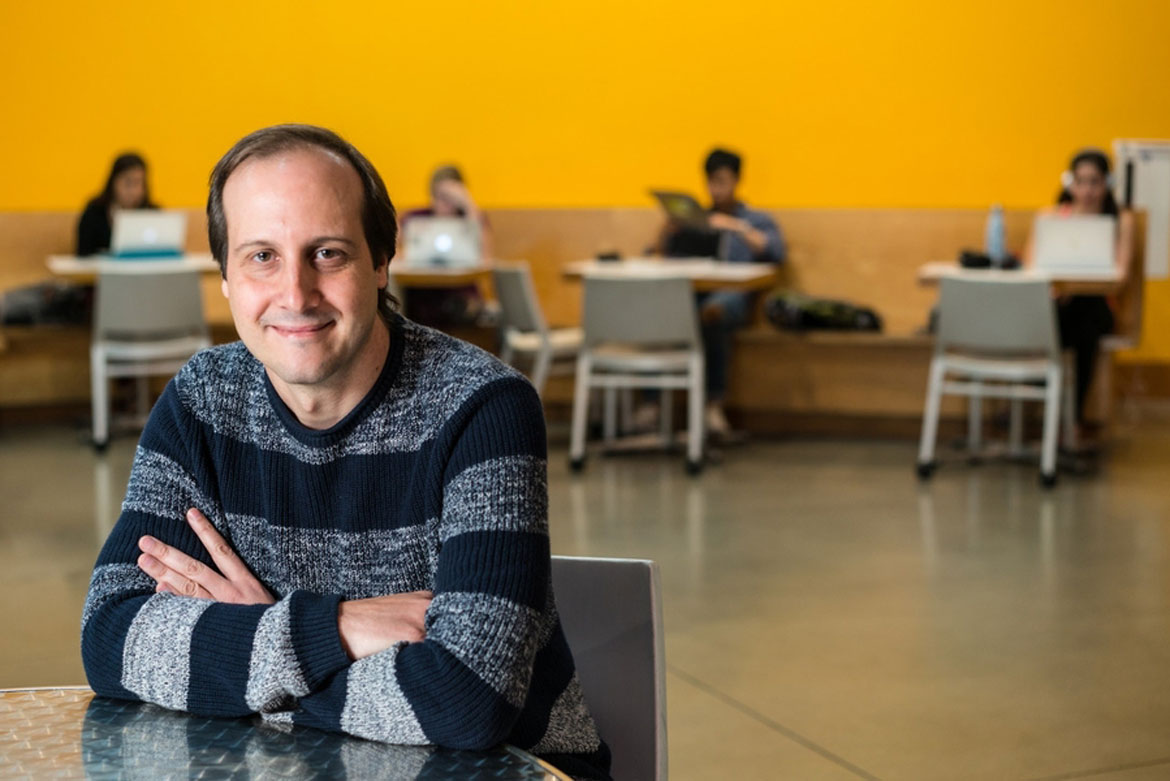
The truth is ‘there has been a huge qualitative leap that has allowed us to make a lot of progress all at once, as if we had packed 15 or 20 years of research into a single year. And that has freed up countless potential applications that, to date, were blocked or did not work’, explained Antonio Torralba, one of the world’s foremost experts in AI and a researcher at the Computer Science and Artificial Intelligence Laboratory (CSAIL) at the Massachusetts Institute of Technology (MIT), a global nerve centre for research in the field.
Since 2008, there has been a boom in AI-based applications
According to Ramon López de Mántaras, founder and former director of the Spanish National Research Council’s Artificial Intelligence Research Institute (IIIA-CSIC), this genuine revolution in AI is due to ‘the dramatic improvement since 2008 in the capabilities of neural networks, especially in terms of deep learning’.
Neural networks are computational models that simulate the functioning of the human brain and can learn without being specifically programmed. For example, after recognizing patterns repeated across thousands of X-rays of lung lesions, a neural network will be able to identify tumours on its own with an accuracy that can surpass that of humans.
But the exponential advance in AI ‘also has to do with the huge improvement in supercomputing capability and the fact that it has become accessible and affordable to the research community, a situation further enhanced by the availability of big data, which is key to training the algorithms’, explained López de Mántaras. That is how AI applications, until recently within reach only of tech giants such as Google, Facebook, Apple or Amazon, have become democratized.
‘Today, any researcher can have access to supercomputing resources, since they are open, as well as to scientific databases’, which are in the cloud, added Pep Martorell, associate director of the Barcelona Supercomputing Center (BSC-CNS). ‘Algorithms have become a commodity for many research groups. Even if they do not know how to develop them themselves, they can download them from Google and use them.’
Improvements in neural networks and supercomputing capabilities, together with the high availability of big data, have all driven the rise of AI applications.
To cite a local example, only ten years ago, the BSC-CNS had some groups working with AI – especially on the relationship between AI and supercomputing – to design more efficient supercomputers for training algorithms. Today, almost all the centre’s 600 research groups incorporate AI techniques and knowledge into their work.
A well-prepared R&D system
But what has happened in Catalonia has not been replicated everywhere. ‘Not all the world’s countries have been able to take this step’, said Martorell, for whom Catalonia is in a remarkable position in this regard, as the technological convergence that has enabled the exponential advance of AI happened at a time when ‘the country already had a robust and mature research and development system in terms of digital technologies. We were ready to embrace the way of working with scientific big data and algorithms. We had the necessary critical mass, large multidisciplinary research groups, and powerful institutions. The Catalan R&D system is also very permeable, which allows everyone to benefit’, he said.
Testimony to Catalonia’s mature AI R&D network is Microsoft’s recent announcement that it would be creating a new centre in Barcelona dedicated to research and development in AI applications
Testimony to Catalonia’s mature AI R&D network is Microsoft’s recent announcement that it would be creating a new centre in Barcelona dedicated to research and development in AI applications. In an initial stage, they will select thirty software engineers and data scientists to work on improving Microsoft’s search engine, Bing, with which it aims to compete with Google.
The Catalan commitment to AI
With a view to laying the groundwork to strengthen and reinforce this R&D and AI system, in 2020 the Catalan government unveiled Catalonia.AI, a country-wide strategic plan focused on artificial intelligence and the first of its kind in Spain. The plan, which has a specific allocation of 10 million euros for the next three years, aims to promote a digital country and the implementation and development of AI technology.
In fact, there are already 179 companies working in the field of AI in Catalonia, with 8,500 employees and a combined annual turnover of 1.35 billion euros, according to data from the then Catalan Minister of Digital Policies and Public Administration, Jordi Puigneró. As he stated at the plan’s presentation, AI is one of the advanced digital technologies expected to have the greatest economic and social impact in the coming years: in 2030, it will add an estimated 15 trillion dollars to global GDP.
Artificial Intelligence Research Alliance of Catalonia (AIRA), which aims to promote scientific research, talent management and the acceleration of AI-based solutions in Catalonia
Within the context of Catalonia.AI, the Catalan government recently approved the creation of the Artificial Intelligence Research Alliance of Catalonia (AIRA), which aims to promote scientific research, talent management and the acceleration of AI-based solutions in Catalonia. In this initial phase, the alliance’s members include leading AI research centres and institutes, such as the Computer Vision Centre (CVC), the BSC-CNS, the IIIA-CSIC, the Institute of Robotics and Industrial Computing (IIRI) and the Intelligent Data Science and Artificial Intelligence Research Centre (IDEAI-UPC). The idea is to enable them to carry out a coordinated strategy.
‘It’s a good initiative, but the initial investment is too small’, said López de Mántaras, who, when he spoke with 360upf, was a member of the scientific committee for the independent assessment of German centres of excellence. ‘In Germany, they have 6 centres, each with an annual budget of 20 million euros. Here, we are talking about 10 million for all the centres that work with AI for the next three years.’ According to this expert, in both Catalonia and Spain, investment in AI R&D is ‘at least an order of magnitude lower than in countries such as France, Germany or the United Kingdom. Which means that ten years from now, we will be lagging far behind the leaders.’
‘It’s a good initiative, but the initial investment is too small’, said López de Mántaras
UPF: committed to AI

In Catalonia there are research centers and institutions that have specific lines of research for AI and its applications. This is the case of UPF, which also stands out for its pursuit of excellence in various areas of knowledge, using it as a regular tool in its projects.
"In Catalonia and Europe, we can say that we are a benchmark in terms of AI, despite being a small university where the social sciences and humanities play an important role," says proudly Enric Vallduví, Vice Chancellor for Research at UPF, which lists some projects being developed by in-house researchers: from an economist studying how poverty and income levels evolve from numerical analysis of light density to satellite images of African countries; to the study of the origin of language ability so that it can be replicated in automatic systems, such as robots.”
"All our researchers see this as an element that can lead to an important advance in research and improvement of society, and that is why they use it," he adds.
Proof of the preeminence of the University in this field at a european level are the three European Research Council awards (ERC) recently obtained by researchers of the UPF, the most prestigious award of the European Union in the category of frontier research in the field of AI
Proof of the preeminence of the University in this field at a european level are the three European Research Council awards (ERC) recently obtained by researchers of the UPF, the most prestigious award of the European Union in the category of frontier research in the field of AI. In addition, the University is part of several European networks of excellence in artificial intelligence, such as TAILOR, HUMANE-AI, and CLAIRE, and stands out for the quality of its scientific production in specialized journals and International conferences.
ERC awards in the field of AI at UPF

Héctor Geffner (AI/ML research group). The RLeap project aims at achieving an integration of learners and solvers in the context of planning by addressing the problem of learning first-order planning representations from raw perceptions alone without using any prior symbolic knowledge. The ability to construct first-order symbolic representations and use them for expressing, communicating, achieving, and recognizing goals is a main component of human intelligence and a fundamental, open research problem in AI. By addressing and solving this problem, the project can make a difference in how general, explainable, and trustworthy AI can be understood and achieved.

Gergely Neu (AI/ML research group): The SCALER project, aims to provide a better fundamental understanding of reinforcement learning (RL) in large-scale environments. In recent years, RL methods have gained significant popularity due to being the key technique behind some spectacular breakthroughs of AI research, which renewed interest in applying such techniques to challenging real-world problems like control of autonomous vehicles or smart energy grids. While the RL framework is clearly suitable to address such problems, the applicability of the current generation of RL algorithms is limited by a lack of formal performance guarantees and a very low sample efficiency. The SCALER project proposes to address this problem and advance the state of the art in RL by developing a new generation of provably efficient and scalable algorithms.

Marco Baroni (COLT research group): The aim of the ALiEN project is to develop a universal language to let AI agents powered by deep neural networks communicate. In this way, for example, two self-driving cars at an intersection could negotiate which one has precedence, or a smart refrigerator appliance could alert a shopping app when the milk stock is low. The core idea of the project is not to attempt to specify this "language" by hand, but let the AI agents themselves evolve it while cooperating to solve joint tasks.
Application of AI in research projects
One such example is John Palmer, a senior lecturer in the UPF Department of Social and Political Sciences, who, in collaboration with the Blanes Centre for Advanced Studies (CEAB-CSIC), leads the Human-Mosquito Interaction Project (H-MIP), which aims to shed light on the mechanisms shaping mosquito behaviour and how this influences the dynamics of mosquito-borne diseases.
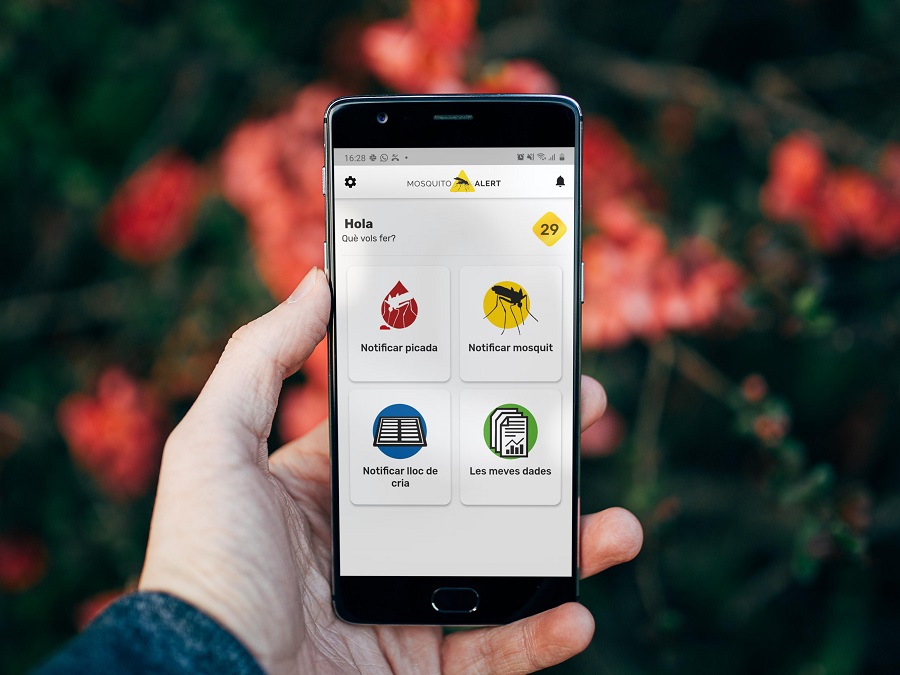
‘Mosquitoes don’t bite homogeneously. Some people are more susceptible to mosquito bites than others. Understanding the factors that lead to a difference in the number of bites in two neighbourhoods with the same mosquito and population densities is quite relevant when thinking about public health policies’, he explained.
To this end, the project has developed a citizen science system, MosquitoAlert, which people can use to submit pictures of mosquitoes and their breeding grounds. To date, volunteer entomologists located across Catalonia and Europe had identified the species on the platform. Now, with more than 6,600 photos that have already been analysed, the researchers have trained a neural network system to enable the application to identify them on its own.
The TELMI project is developing a suite of technologies to enhance music learning. It is led by Rafael Ramírez, from the UPF Music Technology Group
In the case of the Livercolor project, Professor Gemma Piella, from UPF’s BCN MedTech research unit, working in collaboration with Vall d’Hebron Hospital, has developed a platform based on machine learning to assess the condition and suitability of livers for transplant.
‘We have trained an algorithm to assess the total amount of fat in a liver with greater accuracy than a surgeon’, Piella said. To do this, they have created a database with images of livers, biopsy results and doctors’ assessments for comparison. So far, the algorithm has an accuracy rate of 83%, versus 55% for the physicians, who often rule out viable organs just to be safe.
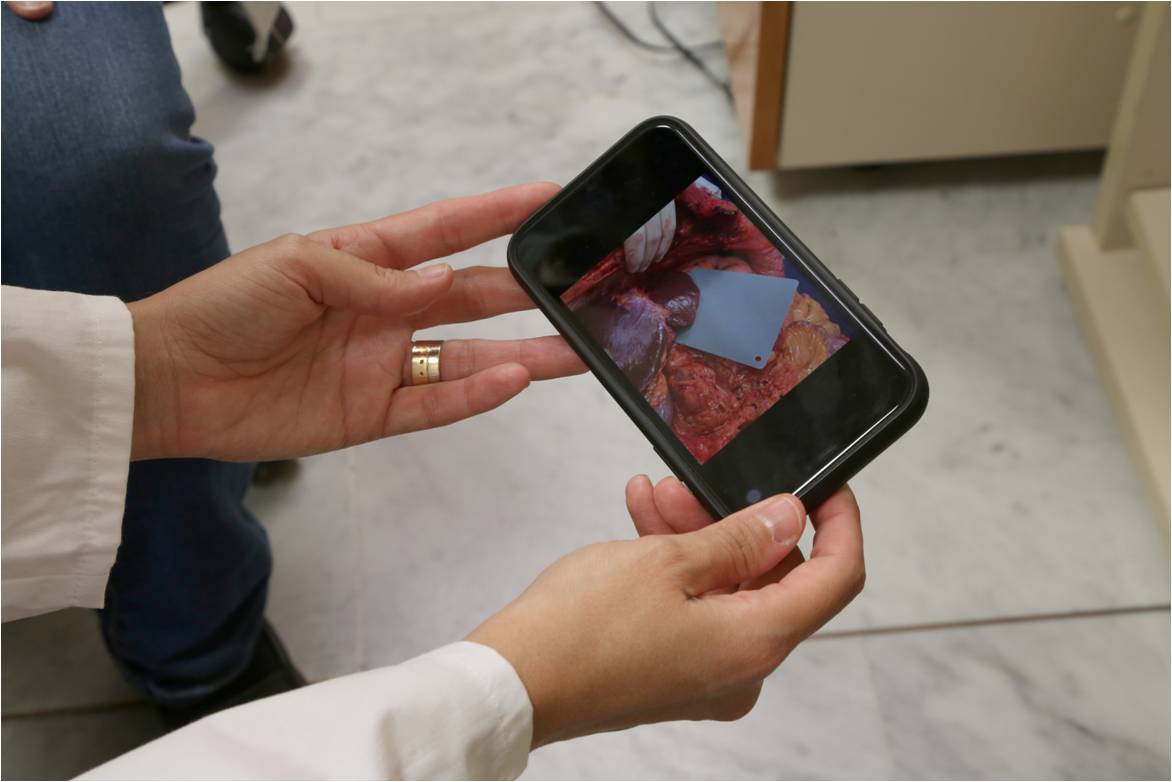
‘So far, the database only has about a hundred images and data from livers from Vall d’Hebron Hospital. But we are currently conducting a multi-centre study with five hospitals located throughout Spain, and we hope to have much more data to train a deep-learning algorithm and increase its efficiency.’ Ultimately, the aim is to integrate the system into a mobile app, so that surgeons can take a photo of the organ to be removed with an endoscopy, without having to cut open the cadaver to remove it first, and the app can tell them whether or not it is suitable.
The EU-funded ‘Welcome’ project researches and develops AI tools to integrate migrants and refugees in Europe. It is led by Leo Wanner, an ICREA research professor at UPF
AI can also optimize the operation of communication systems. The FemIoT consortium, in collaboration with the Barcelona City Council, has launched the project Connected Street to measure environmental pollution around the city’s ‘superblocks’ and assess the initiative’s impact in terms of reducing environmental pollution and noise. To this end, sensors will be installed on the street, small devices to measure gases in the air and transmit the data.
‘If they were to do it frequently, it would entail high and unnecessary energy consumption, because if the pollution levels are not changing, it is not necessary to send information about them’, said Boris Bellalta, a lecturer and head of the Wireless Networks Research Group in the Department of Information and Communication Technologies at UPF. ‘We use AI to enable the network to adapt to the environmental conditions and send information only when there is a significant change’, the engineer added.
The rise of artificial intelligence (AI): an opportunity for UPF’s spin-offs
Progress in AI is fuelling business creativity. Its enormous versatility is prompting the emergence of numerous start-ups to explore ways of using it in a wide variety of fields. Three UPF spin-offs, created to exploit knowledge and technologies generated at the university, exemplify this trend: MedBioinformatics Solutions, Voctro Labs and BMAT. Here is what they are proposing:
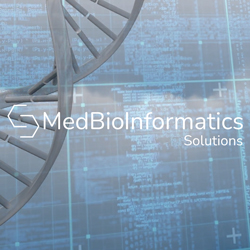
MedBioinformatics Solutions
Website: medbioinformatics.com
What they do: This Hospital del Mar Medical Research Institute (IMIM)-UPF spin-off offers software, called DISGENET plus, and consulting services on gene-disease relationships to help companies develop new products and services.
How they use AI: DISGENET plus contains a database on human diseases and the gene variants found in each one. The platform obtains this information from the scientific literature published worldwide. Its technology, based on text-mining tools, is able to ‘read’ scientific papers in order to automatically extract information about the associations between genes and diseases. This information is combined with that obtained from other databases integrated into the platform, providing DISGENET plus with up-to-date information without the need to use more traditional and costly methods.
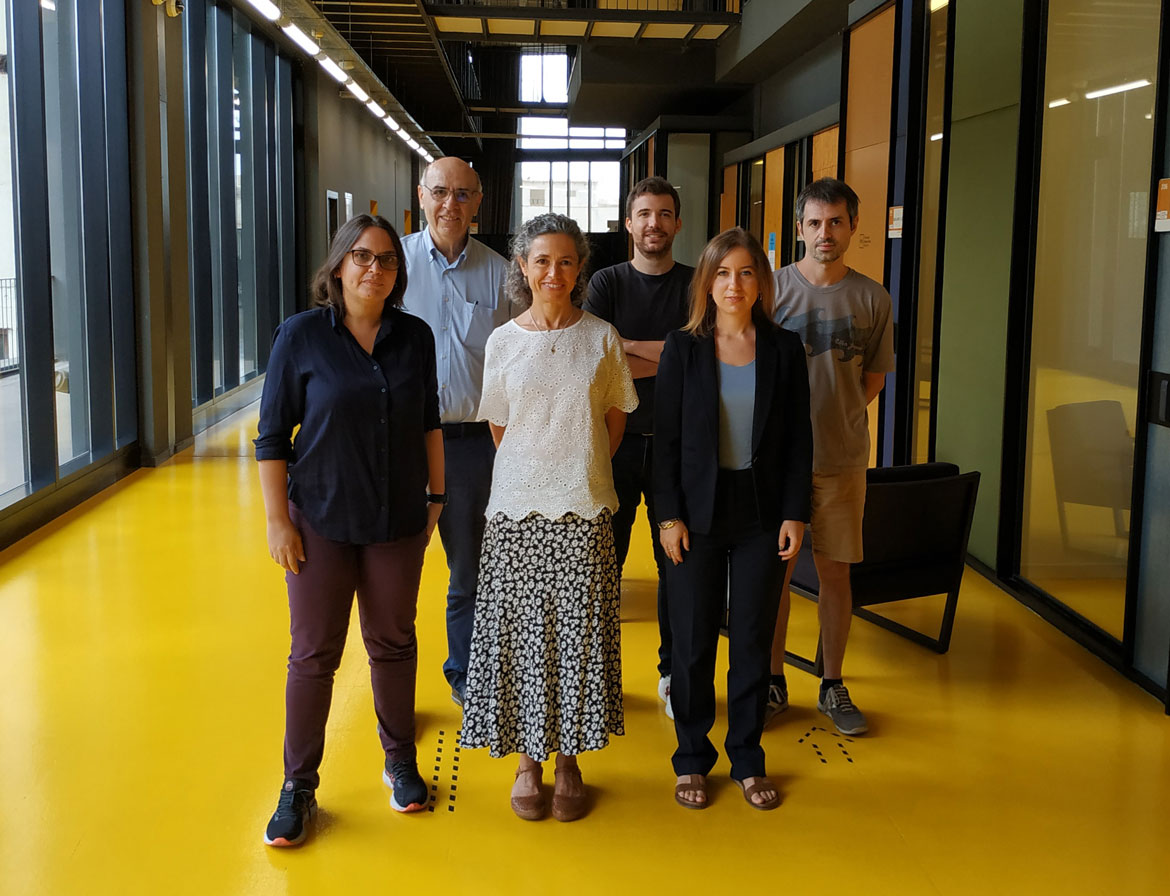
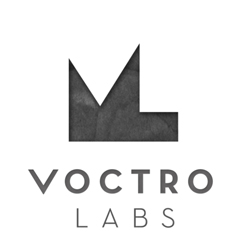
Voctro Labs
Website: voctrolabs.com
What they do: They are an audio technology company that develops artificial voices. Under the brand name Voiceful, they offer these voices to video game, music, virtual reality, film and mobile application companies for integration in their products.
How they use AI: Their technology uses machine-learning algorithms that generate artificial voices based on the features of real ones. One of the applications they have developed allows video-game players to speak in characters’ voices. The company can also generate artificial spoken or sung voices based on texts or scores. They recently launched an app called Cantamus, which singers and choral conductors can use as a rehearsal tool. You simply need to upload a score and it automatically generates the vocals of the entire chorus to help users practice.
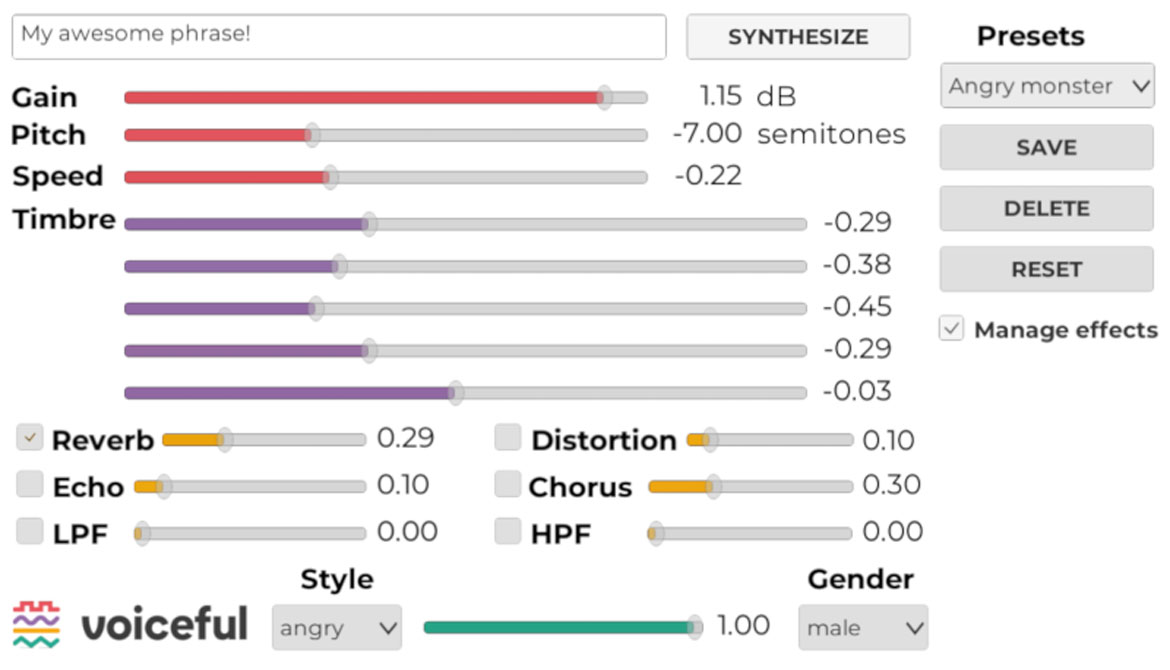
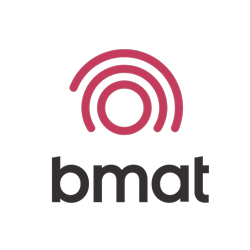
BMAT
Website: bmat.com
What they do: They provide the audiovisual industry with music monitoring services to contribute to the fair, efficient and transparent distribution of royalties amongst their owners.
How they use AI: Their most popular product is a platform that constantly monitors thousands of radio stations and television channels to generate reports on the use of the music broadcast on them. The system has a database of millions of indexed songs that it uses to identify the broadcast content. The company’s technologies can even identify unreleased versions of songs, as well as determine the degree of audibility of music, a factor that needs to be taken into account when distributing royalties.
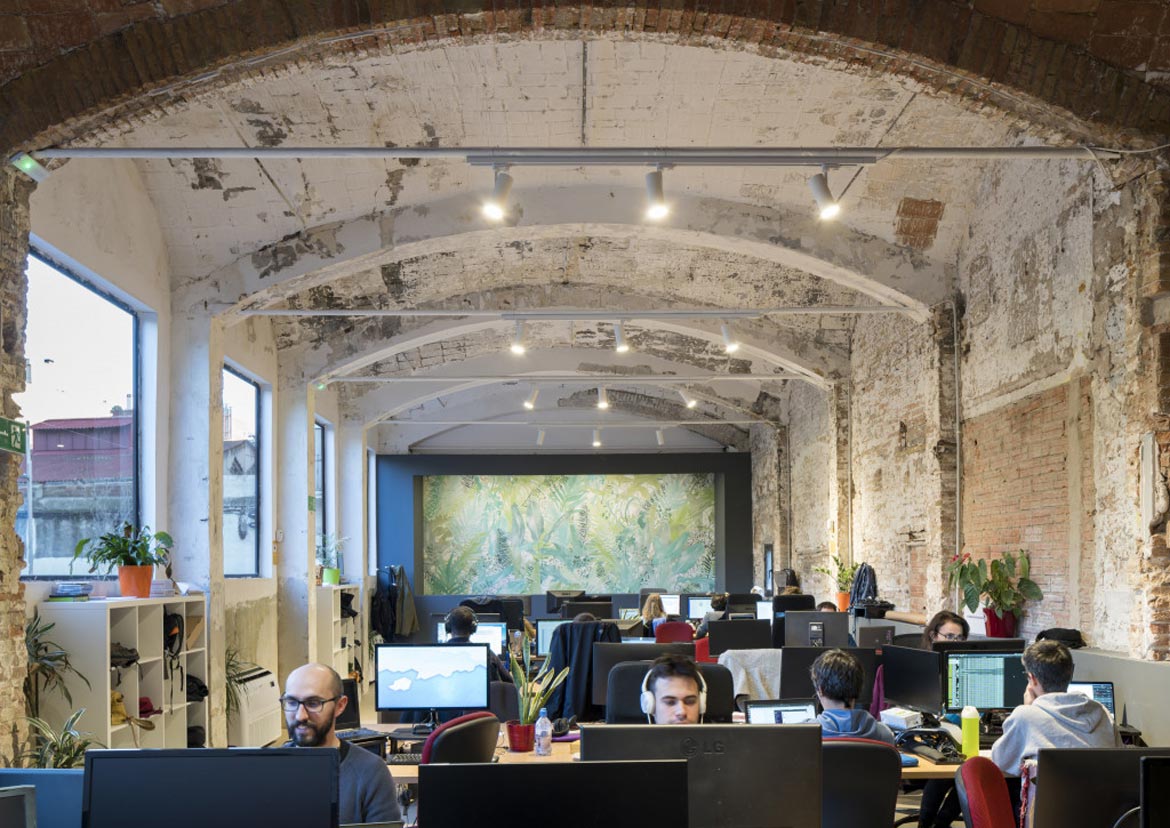
Some concerns
Although artificial intelligence will become increasingly sophisticated, enabling more and more complex applications, it will also pose technological, ethical and security-related challenges that will need to be addressed before it can be used seamlessly in hospitals, schools, airports or law enforcement. Mireia Artigot, a Ramón y Cajal researcher in the UPF Faculty of Law, is an expert in the impact of AI on interactions between consumers and companies in the marketplace from a legal and economic perspective. She researches what happens in the digital realm when, for example, we contract a service or purchase a product.
‘Privacy policies are what fuels AI. We accept the terms without reading them, and that has consequences: it creates needs for you that you did not have; it prompts you to buy things you otherwise would not have bought. In short, it creates a vulnerability for you as a consumer in the marketplace’, she warned.

Often, when we browse online, we are providing data to large companies that build user profiles for us that affect our entire sequence in the digital market. Based on our footprints, they can know what we have looked at, what browser we use, what computer we have, what we buy, and how much we spend each month. ‘They put together a meticulous X-ray of your income level, of whether you are willing to pay X amount for whatever they are offering, and they use these data to offer you supposedly personalized products. The problem is that, as consumers, we do not know where the information they have comes from, who gave it to them, on what basis, or what consequences it has for each person. It’s a black box’, Artigot said. Companies such as Amazon, Apple, Skyscanner, Booking or Uber offer different prices to their customers based on their profiles. ‘Moreover, once the system has your data, there is no way to disappear’, she warned.
universities are no strangers to the challenges posed by the use of big data and AI. Some, such as UPF, offer their students training to address these issues
In this regard, universities are no strangers to the challenges posed by the use of big data and AI. Some, such as UPF, offer their students training to address these issues. One such example is the new bachelor’s degree programme in Mathematical Engineering in Data Science, aimed specifically at training the experts who will extract and process the data we continuously generate – from the moment we turn on our phones in the morning to when we make a purchase with our debit card – with the goal of equipping them with the knowledge and skills they need to generate services and applications that contribute to the common good.
Nor is that the only challenge we will have to face as a society. One of the most controversial points is the decision-making and autonomy of machines. ‘Decisions that affect human beings cannot be made by machines. Machines can offer a diagnosis, but it must always be an actual human being who assesses what needs to be done’, said Torralba. ‘In the end,’ he continued, ‘machines have no responsibility, which is an essential aspect of decision-making.’
For the AI expert, there is another issue that needs to be resolved as well, namely, bias. Recently, Facebook apologized to its users after it was discovered that its AI labelled Black people as gorillas. ‘It might be interesting for there to be independent AI software certification bodies, like there are for vehicle inspections’, suggested López de Mántaras.
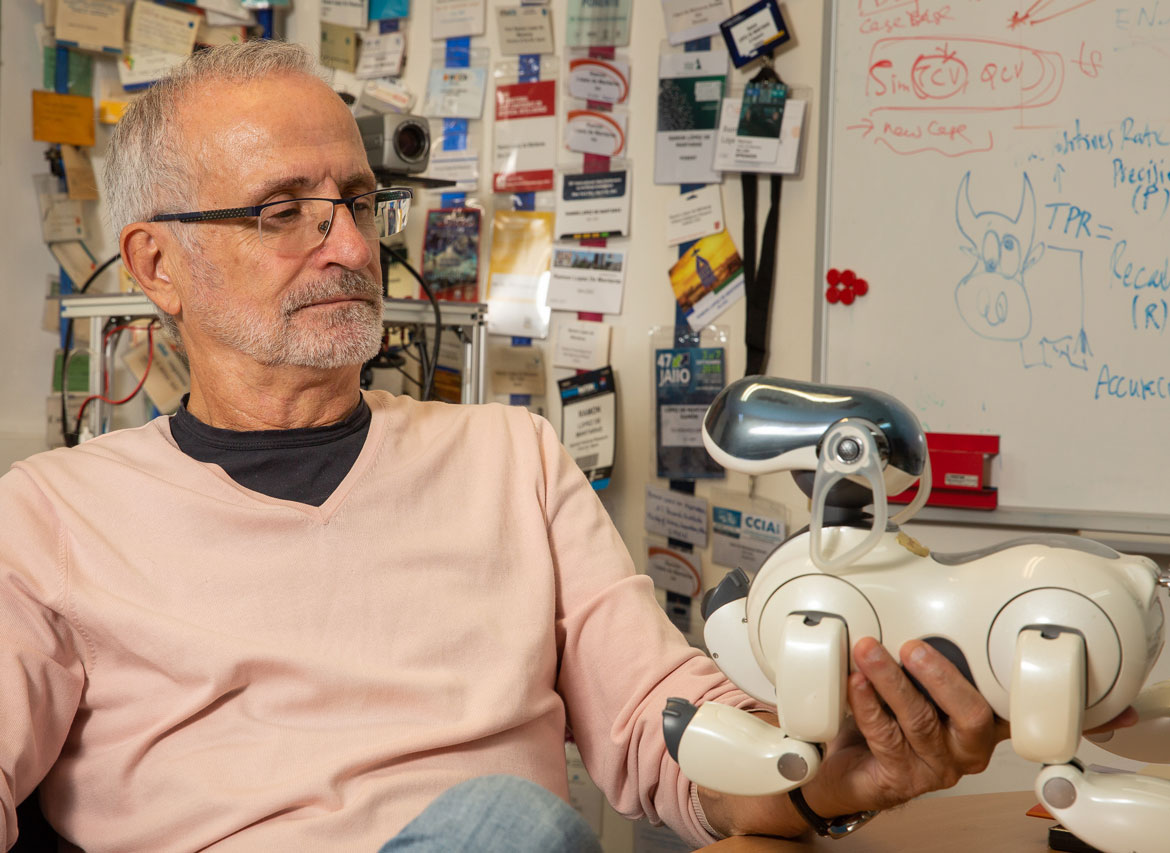
At the CSAIL at MIT, Torralba is the faculty head of the newly created Artificial Intelligence and Decision Making unit within the Department of Electrical Engineering and Computer Science. The unit offers world-leading undergraduate programmes that address biases from a cross-disciplinary perspective. ‘We give students tools to identify problems and seek solutions’, he explained, citing the example of the subject ‘Machine Learning’, in which students have to identify the gender biases in a system that learns language based on written texts that contain gender biases.
‘Ultimately, machines are no more than a mirror of who we are, reflecting back our defects. But this is also an opportunity they offer’, Torralba said. ‘We can use them to identify biases we may not even be aware of and correct them in decision-making processes’, he explained.
